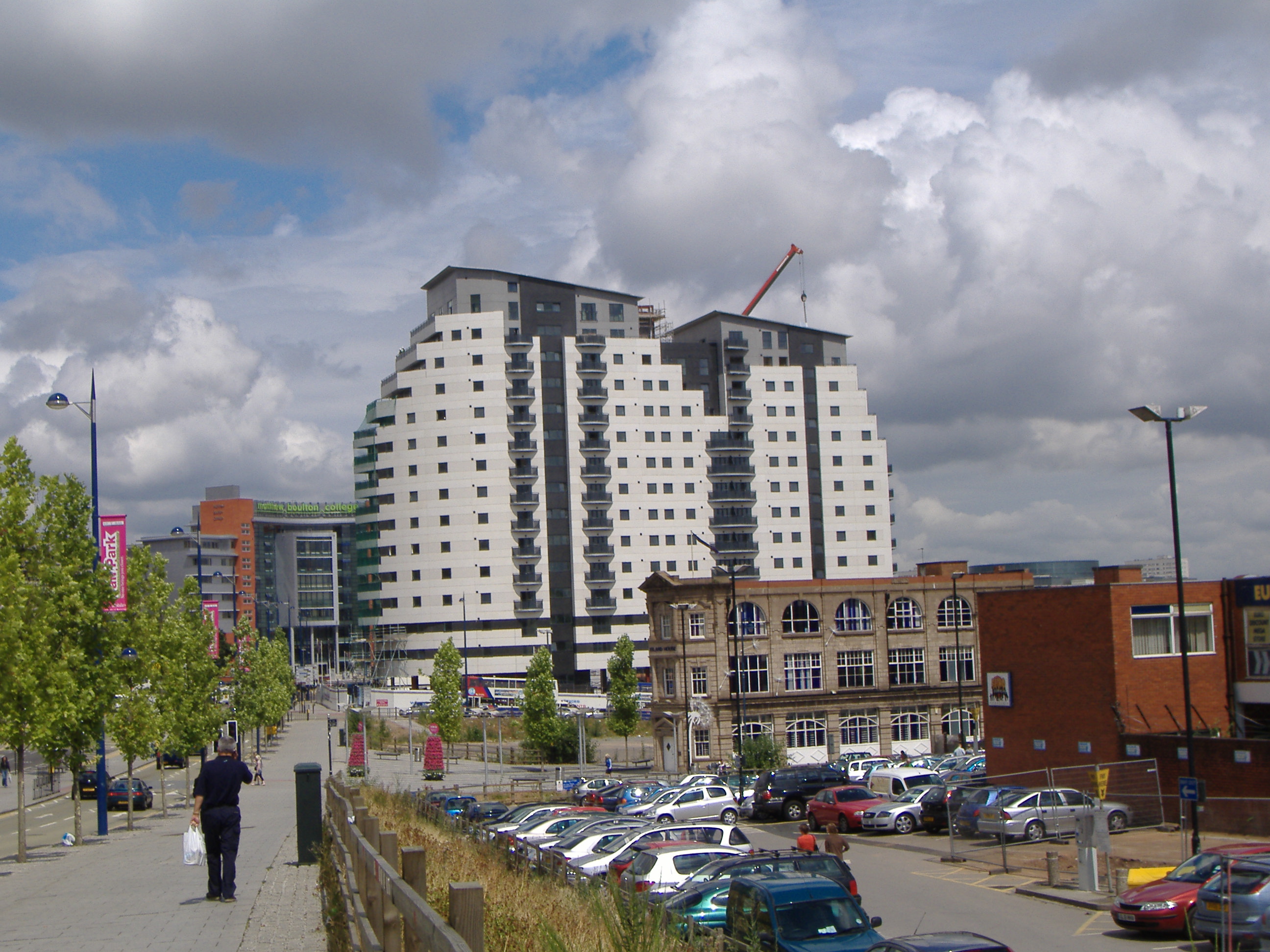Masshouse on:
[Wikipedia]
[Google]
[Amazon]
 Masshouse is a development site in
Masshouse is a development site in
 Masshouse is a development site in
Masshouse is a development site in Birmingham
Birmingham ( ) is a city and metropolitan borough in the metropolitan county of West Midlands in England. It is the second-largest city in the United Kingdom with a population of 1.145 million in the city proper, 2.92 million in the West ...
, United Kingdom
The United Kingdom of Great Britain and Northern Ireland, commonly known as the United Kingdom (UK) or Britain, is a country in Europe, off the north-western coast of the continental mainland. It comprises England, Scotland, Wales and North ...
where 13 highrise blocks are being constructed for public services, commerce
Commerce is the large-scale organized system of activities, functions, procedures and institutions directly and indirectly related to the exchange (buying and selling) of goods and services among two or more parties within local, regional, nation ...
and residential
A residential area is a land used in which housing predominates, as opposed to industrial and commercial areas.
Housing may vary significantly between, and through, residential areas. These include single-family housing, multi-family residen ...
purposes. When completed, the blocks will have a prominent position on the Eastside skyline.
History
The Masshouse area existed in the Victorian times as nothing else but Masshouse Lane. It was a small lane which was connected to Dale End and the junction at Albert Street and Duddeston Row. The name derives from the establishment of a Roman Catholic chapel (i.e. for the celebration ofMass
Mass is an intrinsic property of a body. It was traditionally believed to be related to the quantity of matter in a physical body, until the discovery of the atom and particle physics. It was found that different atoms and different elementar ...
) there by a Franciscan
The Franciscans are a group of related Mendicant orders, mendicant Christianity, Christian Catholic religious order, religious orders within the Catholic Church. Founded in 1209 by Italian Catholic friar Francis of Assisi, these orders include t ...
priest, Leo Randolph, in 1687, followed by a convent in March 1688. Both were burned down by a mob, instigated by the Protestant Lord Delamer, in November 1688.
''Showell's Dictionary of Birmingham'' (1885) describes the building and destruction of the "mass house":
From 1749 to 1943 it was the site of St Bartholomew’s Church, Birmingham.
It was developed in the 1960s into an elevated road intersection on the